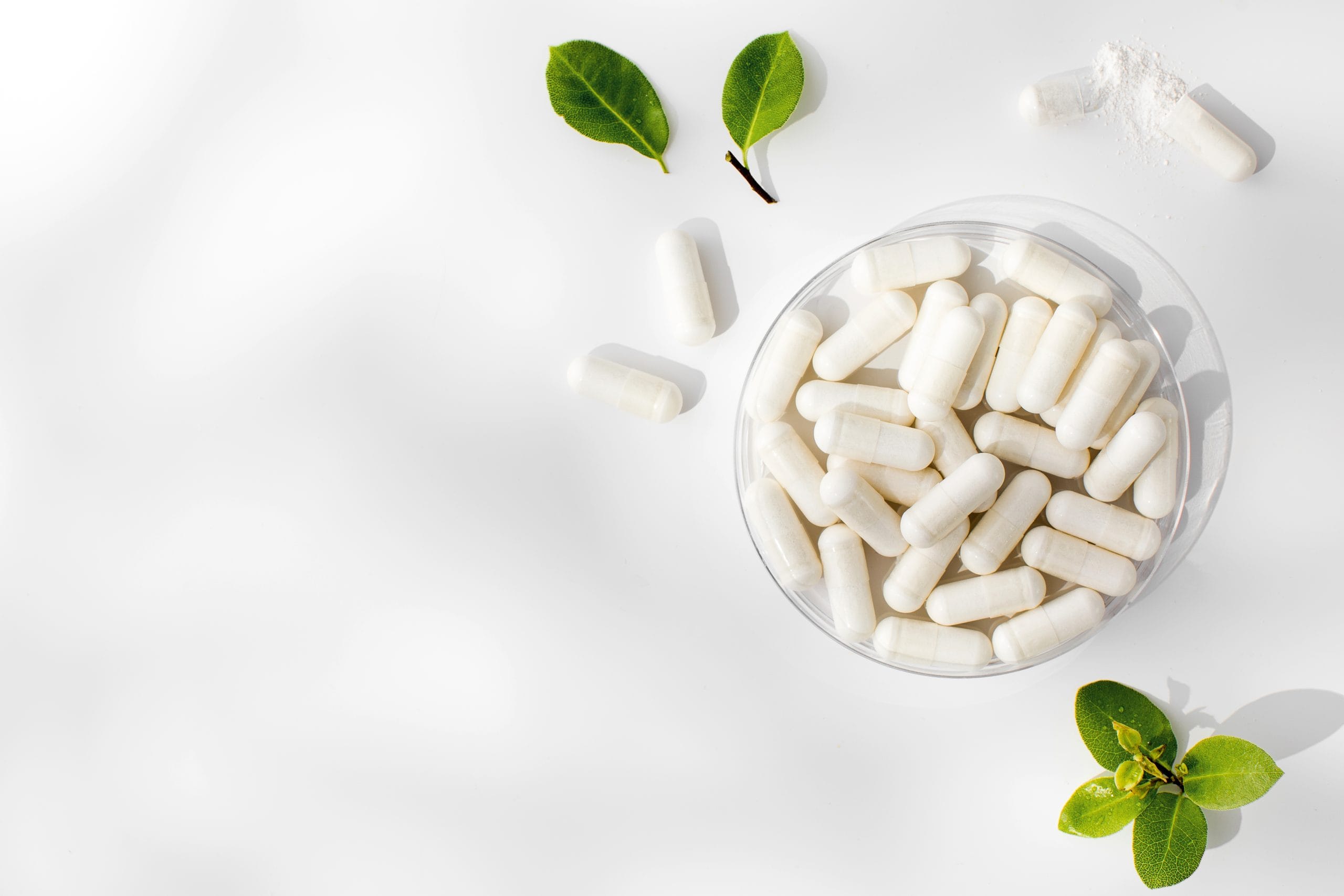The Elite Forces of My Microbiota
In the past, he had dismissed probiotics as just capsules of “friendly bacteria” with labels more ambitious than their actual effects. Most strains were fragile, rarely colonized, and often passed through like tourists. But then he discovered the newer class: spore-formers, butyrate-producers, pasteurized metabolic trainers, and engineered consortia. These weren’t passengers. They were operatives - designed to survive, act, and then leave.But only in case of emergency.
Unlike traditional strains, some of these probiotics arrived dormant, like seeds, waiting for the right environment to germinate. Others weren’t even alive but carried structural components that trained immune cells and metabolic pathways. A few had been isolated from centenarians, desert soils, or unusual ecological niches - selected for resilience and targeted impact. They didn’t aim to take over the gut. They aimed to intervene.
He didn’t use them at all. He treated them like precision tools - deployed when the terrain shifted and FMT was not a choice.
The Microbial Specialists
Bacillus coagulans & Bacillus subtilis - The Survivalists
Encased in tough spores, these species could survive stomach acid and reach the colon intact. Once activated, they supported digestion, immune modulation, and, in some studies, altered tryptophan metabolism - a potential indirect link to serotonin pathways. He relied on them during travel, after antibiotics, or during periods of high stress when resilience mattered most.Clostridium butyricum - The Flame-Calmer
A rare anaerobe capable of producing butyrate directly in the colon. Clinical use in Asia and controlled trials showed promise in IBS, IBD, and antibiotic-associated diarrhea. He introduced it strategically during post-AB recovery phases and noted less bloating, steadier energy, and fewer inflammatory flares. If AutoBiome was not available.Akkermansia muciniphila (pasteurized form) - The Trainer
Even without being alive, its membrane proteins acted as metabolic signals. In human trials, pasteurized Akkermansia improved insulin sensitivity, reduced inflammation, and supported weight management. He pulsed it during metabolic resets if inevitable - especially after periods of high-fat intake.Next-Gen Consortia - The Symphonic Agents
Engineered blends of multiple strains, sometimes combined with prebiotic scaffolds, designed to function as microbial teams. A primitive form of FMT - he thought. Early research suggested potential benefits for mood, cognition, and systemic inflammation, though human trials were still in early stages.Lactobacillus reuteri DSM 17938 - The Oxytocin Link
This strain gained attention for its effects on infant colic and immune modulation. In animals, certain L. reuteri strains influenced oxytocin pathways and social bonding, and preliminary human work hinted at mood and skin benefits. He read about subtle changes - not dramatic - but enough to feel more at ease in social settings.
He never relied on these strains for stability - that was the work of diet, movement, sleep, and fiber. But when something disrupted the terrain - travel, illness, stress - they acted like microbial mercenaries forpatients. They arrived, carried out their task, and moved on.
And that became his core insight: the most effective probiotics aren’t permanent colonizers. They whisper, nudge, train - and then leave the stage, allowing the resident microbiota to take the lead again.
But nothing could replace his favorite: AutoBiome.
Next week: “Filters and Firewalls” — detox and liver support.


